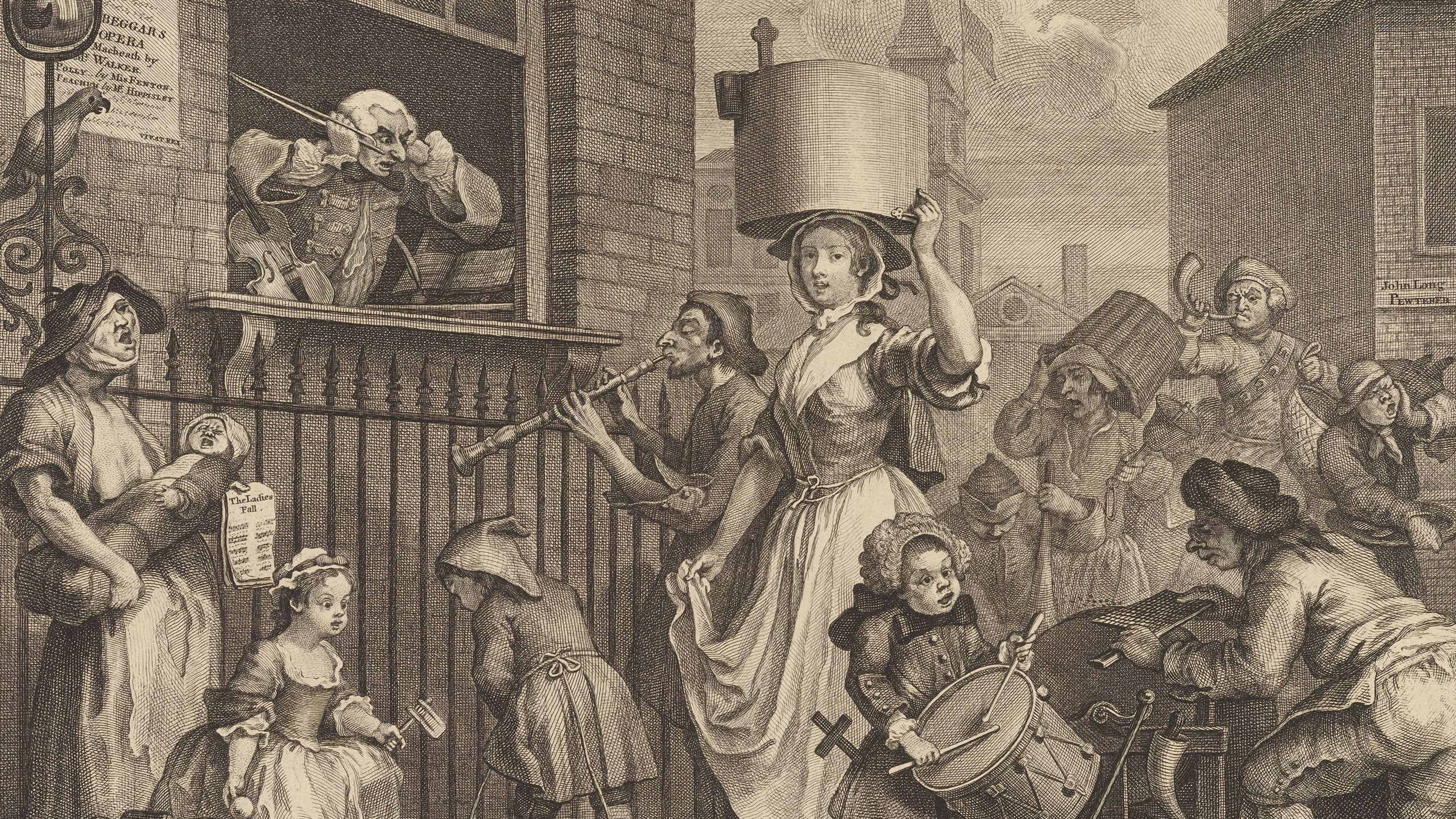How an Unattainable Ideal Was Normalized for Working Mothers
Faculty author examines the role of power and privilege in creating the cult of motherhood

If Rutgers University–Camden Associate Professor of English Ellen Malenas Ledoux could have her way, every day would be Mother’s Day—particularly for working mothers. As Ledoux demonstrates in her latest book, Laboring Mothers: Reproducing Women and Work in the Eighteenth Century, motherhood inherently involves labor.
“The perception that motherhood is incompatible with paid work outside the home grows out of specific cultural conditions established in Britain and its colonies during the long 18th century,” Ledoux said.

Ellen Malenas Ledoux, associate professor of English
Ellen Malenas Ledoux, associate professor of English
During this period, which begins with the ascension of William and Mary to the throne in 1688 and ends with Britain’s defeat of Napoleon at Waterloo in 1815, Ledoux shows there was an emerging public sphere that coincided with the rising cult of motherhood, in which “good” mothers lived private lives of maternal domesticity.
“Enlightenment thinking elevated white, privileged mothers, who in some cases were able to work and professionalize. But the poor, illiterate, and enslaved bore the strain of these dual roles,” Ledoux said. A consequence of poor women trying to balance work and mothering was that their children often accompanied them to the workplace and were then brought into the working world at very young ages.
Yet, it was not always smooth sailing for the privileged class. Ledoux observed that even the 18th-century intellectual giant Mary Wollstonecraft, author of A Vindication of the Rights of Woman, struggled to be a capable mother as well as an adept writer and activist. Ledoux, who wrote Laboring Mothers while balancing her own career and motherhood, said, “It felt good to know that my modern work-life challenges and feelings of beleaguerment were nothing new and were shared by women I admired.”
Surveying biographies of women of the time, Ledoux examines the argument that paid work outside the home and motherhood were conflicting, if not wholly incompatible. Over six chapters, she presents examples of working women ranging from actresses to midwives, sex workers, tradeswomen, forced laborers, and gender nonconformists. Ledoux exposes the uneasy truth that the history of working motherhood is a history of power and privilege—with some women finding ways to access the more culturally valued aspects of maternity at the expense of others.
“Make no mistake: Aftershocks of the Enlightenment can be found when examining the state of working mothers in the 21st century,” Ledoux said. “Eighteenth-century assumptions about mothers and work seem very similar to today’s challenges. How do modern women respond to the pressures of an idealized form of motherhood?”
Ledoux argues that while the vocabulary of the times may have changed, society still punishes women who fail to live up to this unattainable ideal. “We are no longer talking about the private bliss of maternal domesticity, but there is an unyielding pressure for mothers to be supermoms,” she said. Ledoux believes today’s mothers are forced to be hypervigilant in making sure their children receive only the best education and consume the best foods; this is tied with less television watching, greater organized physical activity, and providing high-end entertainment.
Ledoux asserts this modern mothering formula is the foundation of the “cult of motherhood 2.0.” She sees an unwavering cultural need for the female worker to be held up as a caring mother. “Equating motherhood with superhumanity is an empowering boast, but managing the work-life balance depends on so many factors, including privilege, class, race, sexual orientation, and much more,” Ledoux said.
Ledoux admits that trying to solve her own work-motherhood balance inspired Laboring Mothers, which took her 10 years to write.

Design: Douglas Shelton
The March to Finchley and The Enraged Musician by William Hogarth are courtesy The New York Public Library Digital Collections
